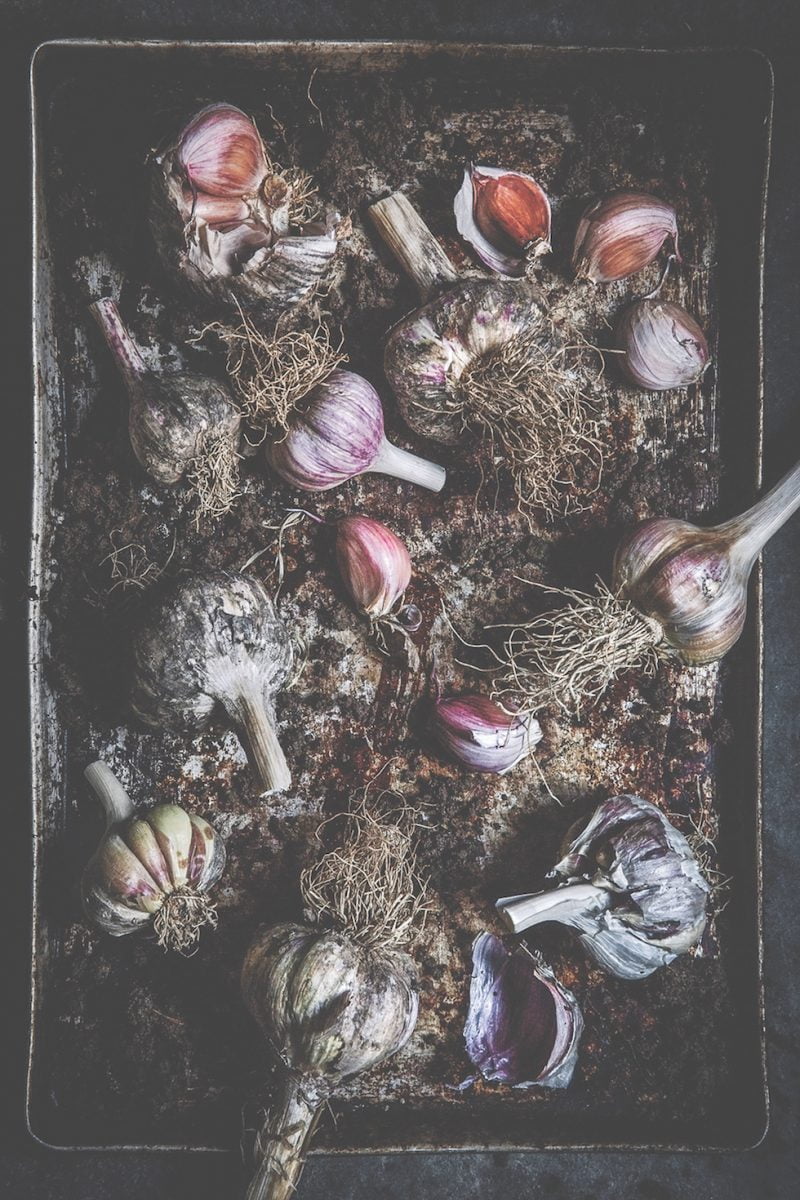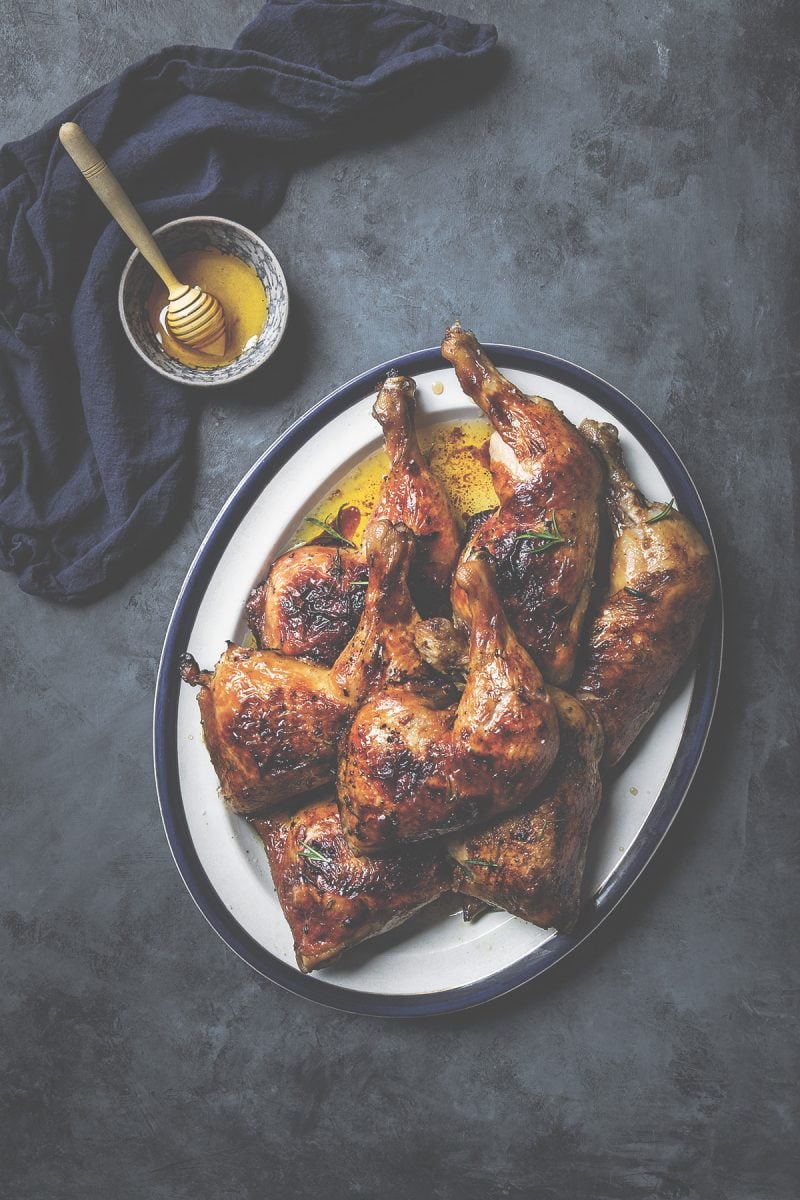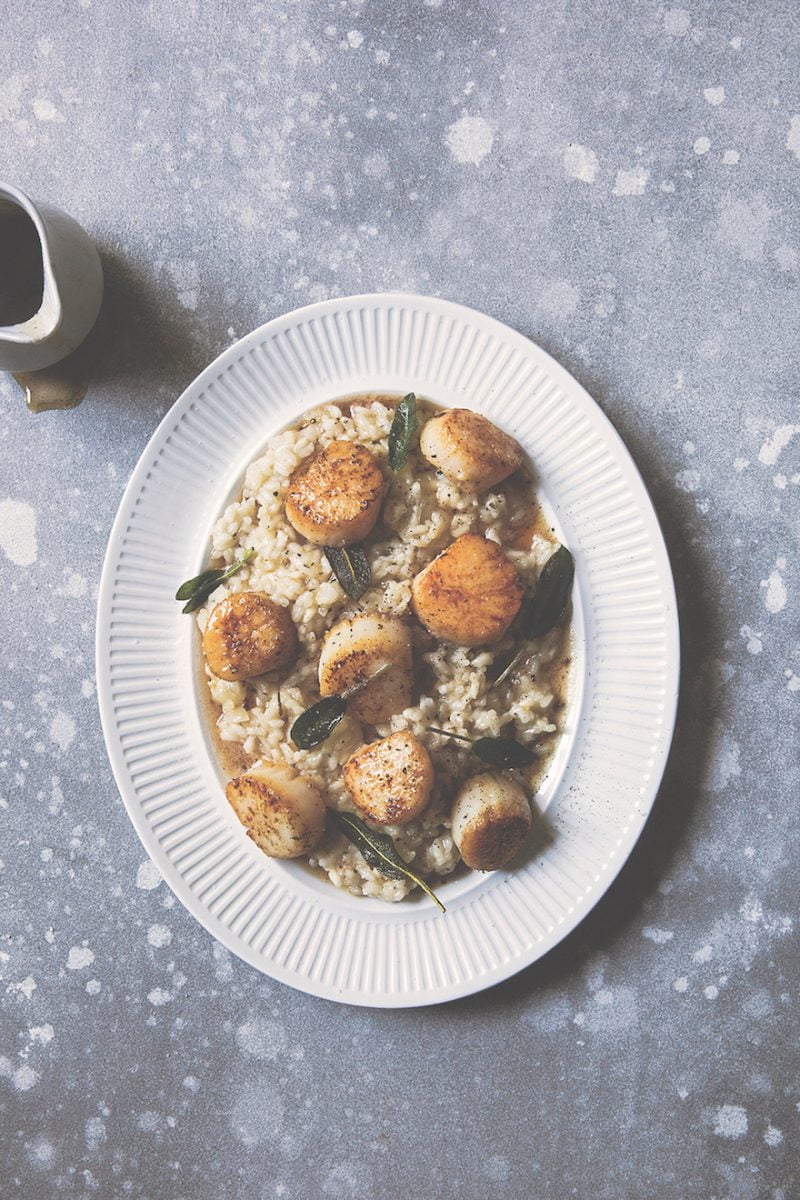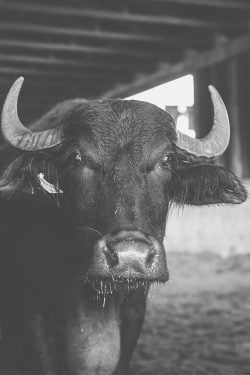#668 Eating local on Vancouver Island
Cedar + Salt: Vancouver Island Recipes from Forest, Farm, Field, and Sea
by D.L. Acken and Emily Lycopolus
Victoria: Touchwood Editions, 2019
$45.00 / 9781771512947
Reviewed by Harvey De Roo
*
 Is it that books published on the Pacific Northwest coast are particularly beautiful, or just any book with the photos of Danielle Acken and the food and prop styling of Aurelia Louvet? (Editor’s note: See their earlier work in Jana Roerick’s The Little Island Bake Shop. Figure.1, 2019 — British Columbia Review, No. 564).
Is it that books published on the Pacific Northwest coast are particularly beautiful, or just any book with the photos of Danielle Acken and the food and prop styling of Aurelia Louvet? (Editor’s note: See their earlier work in Jana Roerick’s The Little Island Bake Shop. Figure.1, 2019 — British Columbia Review, No. 564).
First, the theme—a celebration of Vancouver Island and its myriad varieties of food — makes for a book that provides a rich sense of place. And a magic place it is, too. Vancouver Island and the Gulf Islands lying between it and the mainland are unique — a combination of down-to-earth small farmers and urban escapees, many of them descendants of the hippies of the sixties and seventies, trailing their gentleness and good back-to-the-land attitudes. So, it’s real, tangible, funky, local, with farm stands along every road, farmers’ markets in every town and village, and a sense of ecological sustainability emanating from the landscape. Add to this the stunning beauty of the coastline, the mountains and valleys, the fields and forests that still abound, with their microclimates and distinctive characters.

The book divides into four parts, as the title indicates, with the addition of a Conversions Table and a List of Resources — of farmers’ markets, farm-to-table restaurants, and substitutes for ingredients specific to the Island. This last keeps the book from being too narrow in reach; it provides us all with a place we can appreciate and foods we can cook, wherever we live. And appreciate it we do, especially through its compelling photographs; this is a book of photographs as well as a cookbook, expressing love of this very special region of the world. Each section of the book opens and closes with a group of photos of landscape, seascape, or some local feature, and such groupings occasionally punctuate the recipes themselves, keeping the Island as well as its foods constantly in our ken. Finally, there is a detailed and easy-to-read index.
Each division of the book provides its own table of contents and an introduction that explains where ingredients come from, how they are a feature of the region. In the intro to “Farm” I was particularly pleased to note the region’s respect for its animals and its emphasis on humane rearing. It makes you take special care in your own selection of meats and where they come from. The recipes emphasize food right out of nature or from local producers, not the supermarket: mushrooms or truffles from field and forest, eggs or meats from small-scale farms, oyster or crab from the teeming waters and bountiful coves of the Salish Sea.
The pages of the book are attractively laid out: ingredients down the left-hand quarter of the page, the instructions beside them in a right-hand column that stretches across the remaining three quarters. Above the instructions is a brief commentary, a line drawn horizontally between it and the instructions below. The recipe title, in a considerably larger font, begins on the left of the page above the list of ingredients and strides across to the right, lending the page a nice asymmetry. The food photos are generous in number, allocated to almost every recipe, the recipe on the verso, the picture on the recto. The foods are elegantly arranged and propped, and the photographs beautifully soft-lit, making each an aesthetic pleasure and an item enticing to contemplate.
*

Without headings to indicate such, each section seems to move roughly through the day, from breakfast, to brunch, to appetizers, to entrees, to desserts, to savouries, and to drinks — a wide range of kinds of food and prep. For reviewing this book I read a good number of recipes and tried eight, two from each section. From “Field” I chose “Roasted Garlic and Honeyed Chèvre Dip” (above) and “Sweet Corn and Bacon Chowder.” The former appealed for its roasted bulb of garlic — I love garlic and the enhanced flavour of roasted vegetables — and for the goat cheese, of which I am an aficionado, and the basil, with a sweet aroma I can never resist. The dip turned out as good as it sounded, spread upon thin slices of toasted baguette.

The recipe for the chowder entails some degree of prep — dicing onions, garlic, red pepper, and potatoes, and stripping 12 ears of corn — but the results are worth it. It was amazing, the proportions perfect, the chili powder and paprika adding a delectable zing. Pureeing half the corn and stock together before adding to the mix proved an excellent idea, giving the chowder the thick consistency of a cream soup.
From “Farm” I chose “Honey-Roasted Rosemary Garlic Chicken Legs” and “Island Beef Brisket.” Chicken being my meat of choice, I couldn’t resist the chicken leg recipe. And what can go wrong with honey and lemon, garlic and rosemary? In her introduction, Danielle says this dish is a family favourite, which comes as no surprise. From the crispy brown skin down into the succulent flesh, the ingredients made for a tasty combination of flavours, delectable but mild. I can see its being liked even by kids — those brutal critics of mom’s culinary efforts.


The brisket sounded intriguing for the coffee and beer combination — meaty and robust, I thought. Add to that the hit of a 28 fl oz tin of diced tomatoes. To my surprise, the dish held barely a hint of these substances. Instead, a delicacy of flavour in both meat and jus that made for a succulent dinner, along with broccoli and garlic sautéed in butter (my concoction) and a fine baguette to soak up the juices.
My choice from “Forest” was “Wild Mushroom Veggie Burgers” and “Ortega-Braised Chicken.” Long in search of a decent veggie burger, I was delighted to see a recipe claiming burgers that cohere and have a robust taste. And the ingredients sounded promising: wild mushrooms, black beans, onion, garlic, rolled oats, Dijon mustard, chili powder, cumin, paprika, and more. And a scrumptious sounding creamy blue cheese dressing to go with them. For the burgers, you bake the mushrooms and beans on separate baking sheets, then blend them along with the other ingredients, form into patties, and bake again. I am happy to report that they live up to the hype: they have a firm consistency and are probably the best veggie burgers I’ve ever tasted, with that hint of cumin and the tangy blue cheese dressing.
The Ortega-braised chicken enticed me with some of my favourite ingredients — chicken, bacon, garlic, onion, thyme, and carrots (those unsung heroes of many a dish) — and one unknown to me, morel mushrooms. The morels were a revelation, though at this time of year all I could get were dried. So I combined them with porcini — a recommended alternative. Also a revelation was the Ortega varietal (three cups in the sauce and a bottle on the table); I’d never had Ortega before and quite liked its robust but not oversweet taste. Danielle claims this dish as her “favourite one-pot comfort food,” and I can see why. Its flavours are gentle, almost bland, pleasing to the palate, the carrots (eight!) a delight, taking on the savour of the sauce.


Finally, from “Sea” came “Brown Butter Scallops” and “Apple Cider and Cream-Braised Qualicum Bay Clams.”
The winner in the scallop recipe, besides the scallops themselves, is the browned butter, intensifying the already nutty flavour of the mollusk. Add to this the sage leaves crisped in the hot butter, and risotto — that wonderful dish — and you get a feast both comforting and flavourful. My recently discovered Ortega accompanied it superbly.
The braised clams are one of the simplest things in the book to prepare. And you needn’t worry about the “Qualicum Bay” part: any fresh clams will do. The sure-to-please ingredients of apple cider, cream, thyme, and ginger, are all easily available and make for a concoction that proves as “sweet and delicious” as Emily’s intro assures us it will.

*

Two quibbles. The first is the editing. We’ll start with the order of the four sections of the book. The stylized flyleaf has it as “forest, field, farm, and sea” (love the Oxford comma), the title page as “forest, farm, field, and Sea”, and the table of contents as “field, farm, forest, sea” which is the actual order in the book. Now, I know consistency is the hobgoblin of little minds, and I readily admit to a minuscule cranial cavity, but at some level — a minor one perhaps — these things matter.
There were also typos (no big deal) and, more seriously, occasional omission of steps or lack of clarity in the instructions. For example, the instructions of the Corn and Bacon Chowder recipe did not stipulate whether you dice the bacon (I did, after frying and cooling) or when to add the bacon back into the soup (I put it back in along with the pureed corn and stock). Now, these are minor matters that you can figure out for yourself but that is not the point; instructions are to take you through, step by step. There are other examples of such omissions and lack of clarity, enough to ask whether the book could not have done with one last attentive reading before release.

A more idiosyncratic concern is the lack of captions for the photographs. This was probably to avoid any look of clutter in a book already chock a bloc with photos (though there is never a sense of crowding). Many, it is true, don’t require identification, but a good number could benefit from it. And I’m a names man, a great fan of names. I love the process of identification. I want to know what valley this is, what those mushroom are (are they mushrooms?), the name of this farm, what beach this is, and so on. Names help me see what I’m looking at, give me cognitive context. They are part of the history of a place, part of its story, part of our memories of it, as Danielle acknowledges in her charming contribution to the introduction to the book. Having a few pages at the back naming the photographs with their respective page numbers could have accommodated this desire and not got in the way. Perhaps in the next edition?
But these matters are piffling in the great scheme of things. This is a beautifully produced book, a pleasure to have in one’s collection and hold in one’s hands, with a good number of worthy recipes, providing happy reading, cooking, eating, and dreaming of food and place.
*

Harvey De Roo was a professor of Old, Middle, and Early Modern English language and literature and Old Norse language and literature in the English Department at Simon Fraser University. In the eighties he was Editor of West Coast Review. Upon retirement, he taught opera history and appreciation in the SFU seniors programme at Harbour Centre. He was founding secretary of City Opera Vancouver and served on the board and Artistic Planning Committee for several years. He was the opera reviewer for Vancouver Classical Music (vanclassicalmusic.com) from 2014 to 2018 and lectures annually to the Vancouver Opera Club. A former resident of Vancouver’s West End and Fort Langley, he now lives on Salt Spring Island.
*
The Ormsby Review. More Books. More Reviews. More Often.
Publisher and Editor: Richard Mackie
The Ormsby Review is a journal service for serious coverage of B.C. books and authors, hosted by Simon Fraser University. The Advisory Board consists of Jean Barman, Robin Fisher, Cole Harris, Wade Davis, Hugh Johnston, Patricia Roy, David Stouck, and Graeme Wynn. Scholarly Patron: SFU Graduate Liberal Studies. Honorary Patron: Yosef Wosk. Provincial Government Patron since September 2018: Creative BC
“Only connect.” – E.M. Forster
One comment on “#668 Eating local on Vancouver Island”
Comments are closed.